
construction and supply, installation and maintenance.

construction and supply, installation and maintenance.


construction and supply, installation and maintenance.


construction and supply, installation and maintenance.


construction and supply, installation and maintenance.


construction and supply, installation and maintenance.


construction and supply, installation and maintenance.


construction and supply, installation and maintenance.


construction and supply, installation and maintenance.


construction and supply, installation and maintenance.


construction and supply, installation and maintenance.


construction and supply, installation and maintenance.


construction and supply, installation and maintenance.


construction and supply, installation and maintenance.


construction and supply, installation and maintenance.


construction and supply, installation and maintenance.


construction and supply, installation and maintenance.


construction and supply, installation and maintenance.


construction and supply, installation and maintenance.


construction and supply, installation and maintenance.


construction and supply, installation and maintenance.


construction and supply, installation and maintenance.


construction and supply, installation and maintenance.


construction and supply, installation and maintenance.


construction and supply, installation and maintenance.


construction and supply, installation and maintenance.


construction and supply, installation and maintenance.


construction and supply, installation and maintenance.


construction and supply, installation and maintenance.


construction and supply, installation and maintenance.

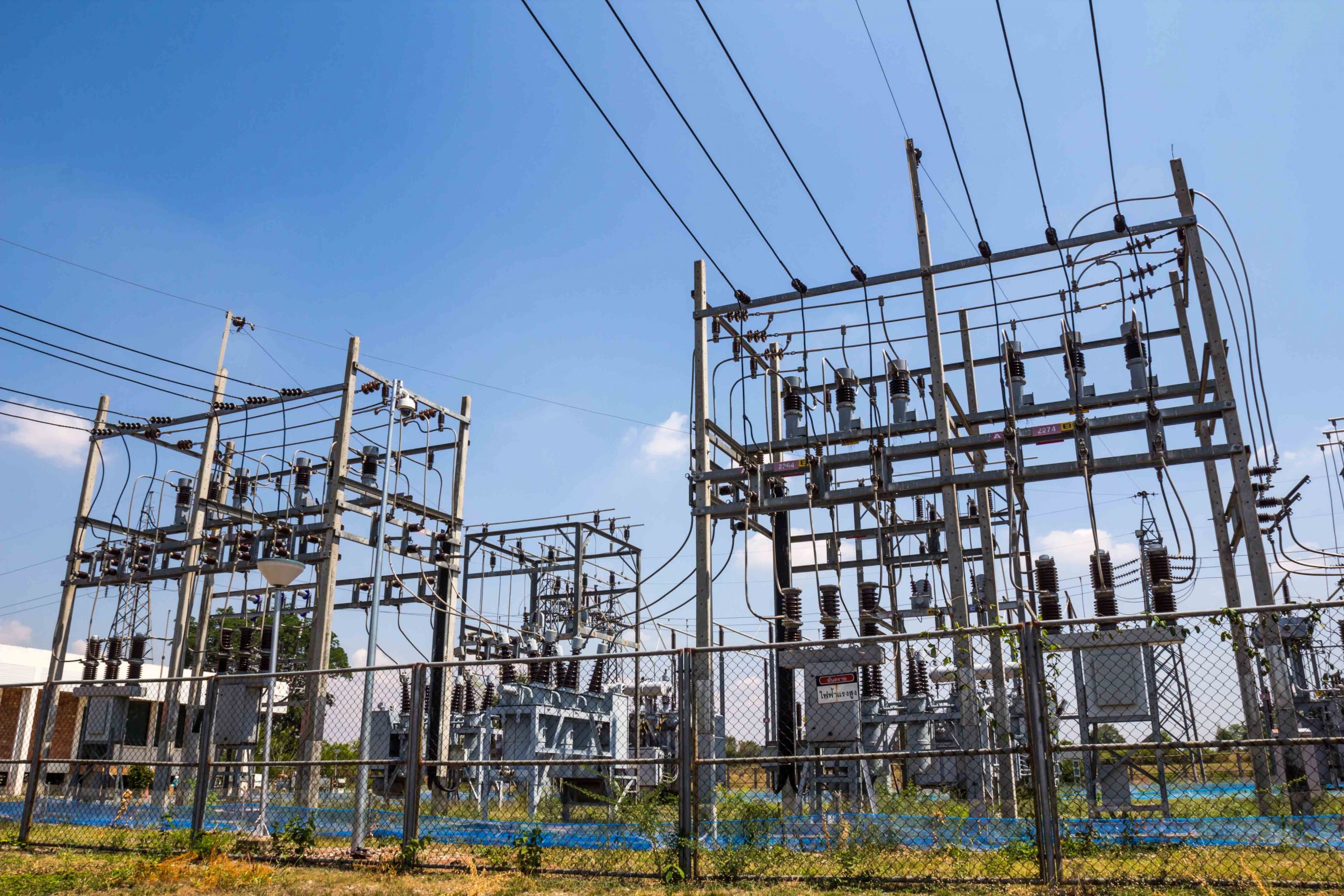
construction and supply, installation and maintenance.

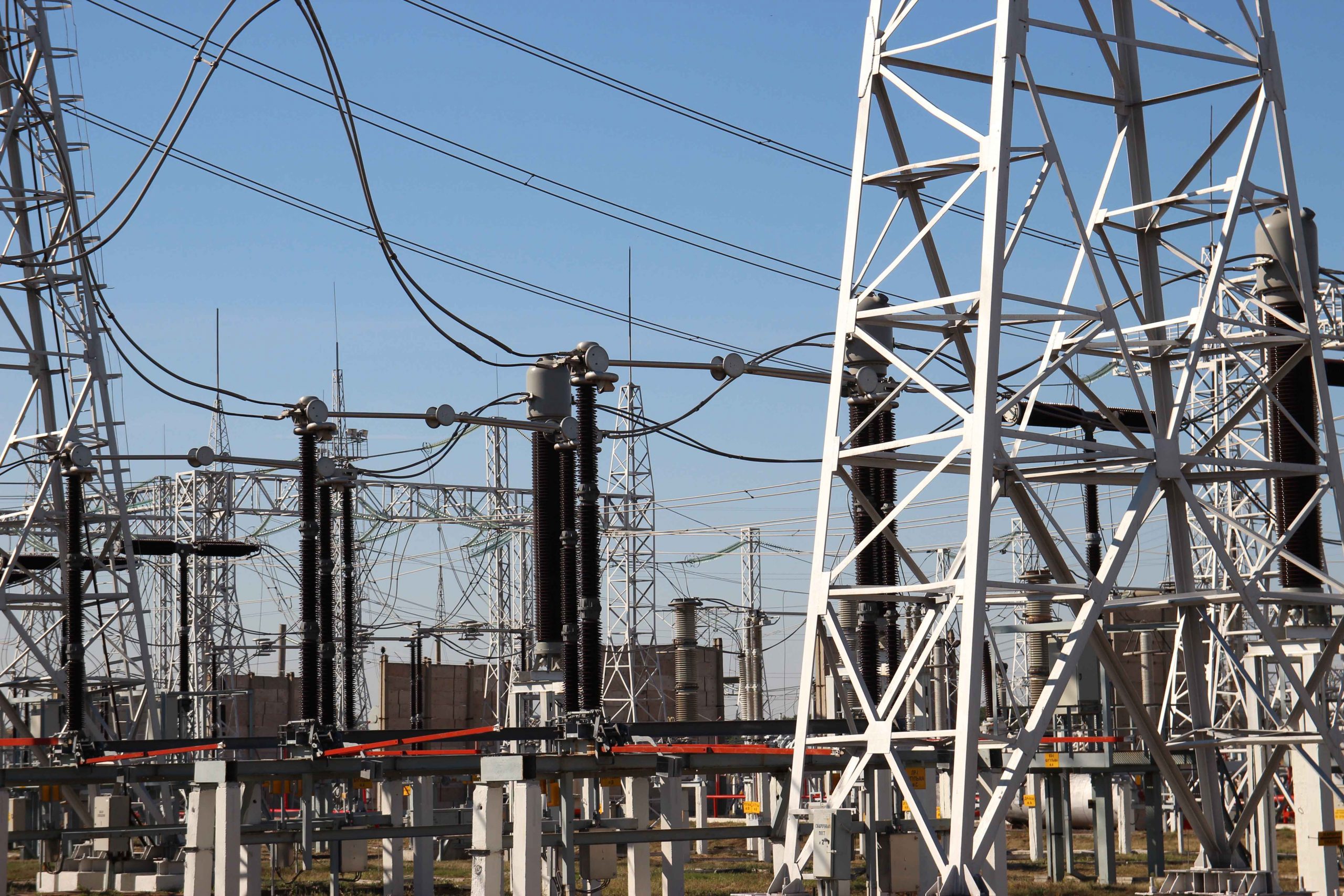
construction and supply, installation and maintenance.


construction and supply, installation and maintenance.


construction and supply, installation and maintenance.


construction and supply, installation and maintenance.


construction and supply, installation and maintenance.


construction and supply, installation and maintenance.


construction and supply, installation and maintenance.


construction and supply, installation and maintenance.


construction and supply, installation and maintenance.


construction and supply, installation and maintenance.


construction and supply, installation and maintenance.


construction and supply, installation and maintenance.

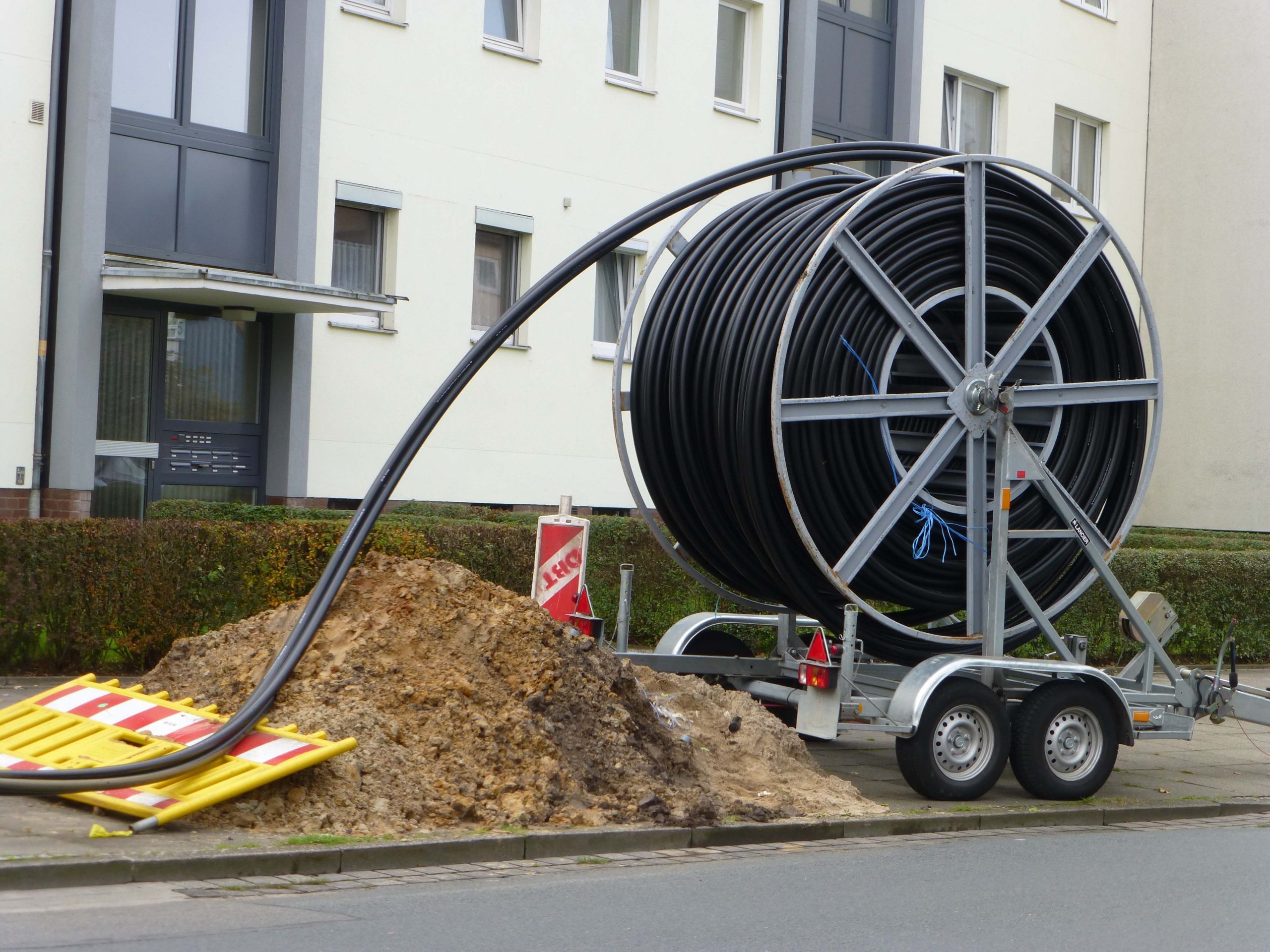
construction and supply, installation and maintenance.


construction and supply, installation and maintenance.


construction and supply, installation and maintenance.


construction and supply, installation and maintenance.


construction and supply, installation and maintenance.


construction and supply, installation and maintenance.


construction and supply, installation and maintenance.


construction and supply, installation and maintenance.


construction and supply, installation and maintenance.


construction and supply, installation and maintenance.

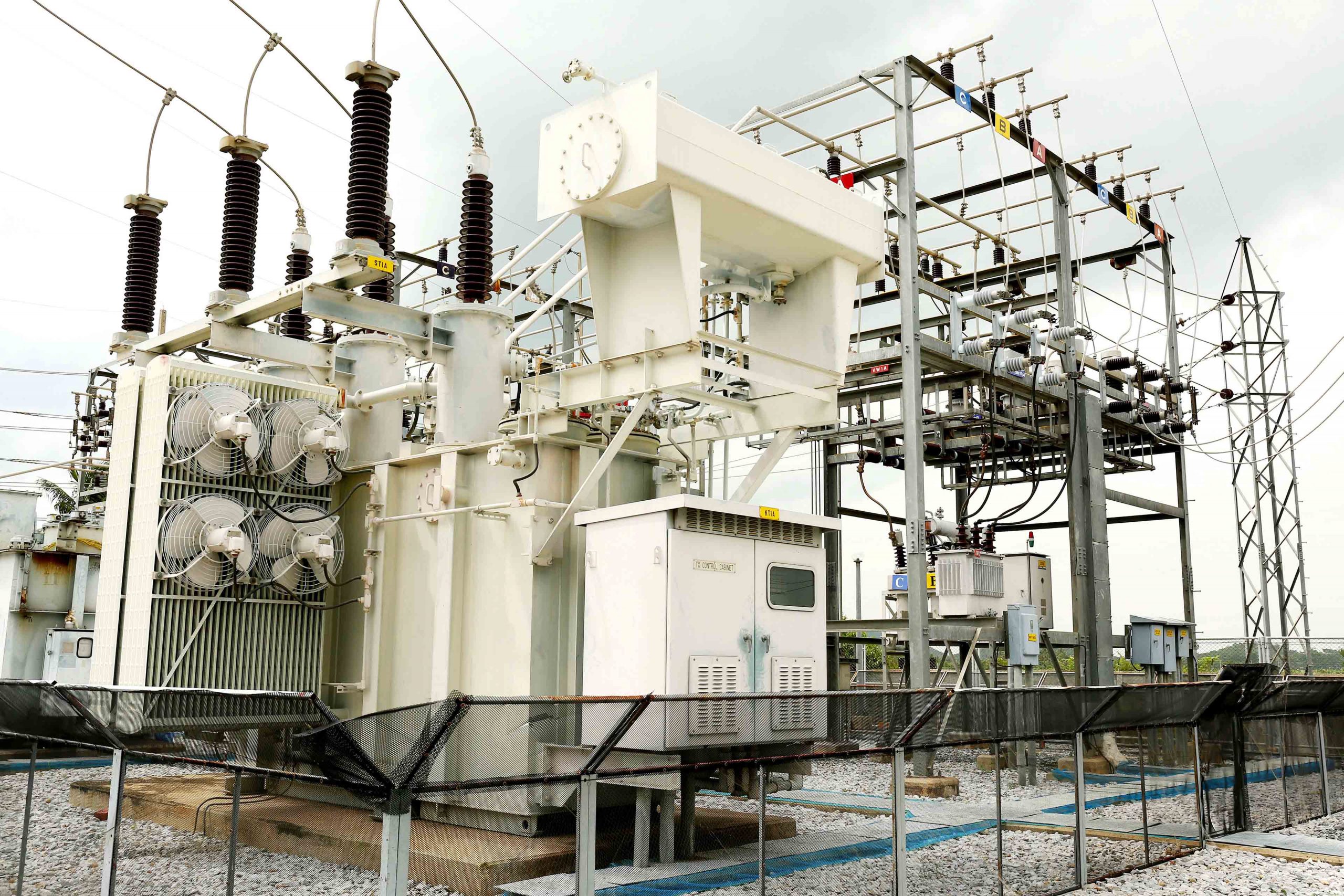
construction and supply, installation and maintenance.


construction and supply, installation and maintenance.


construction and supply, installation and maintenance.

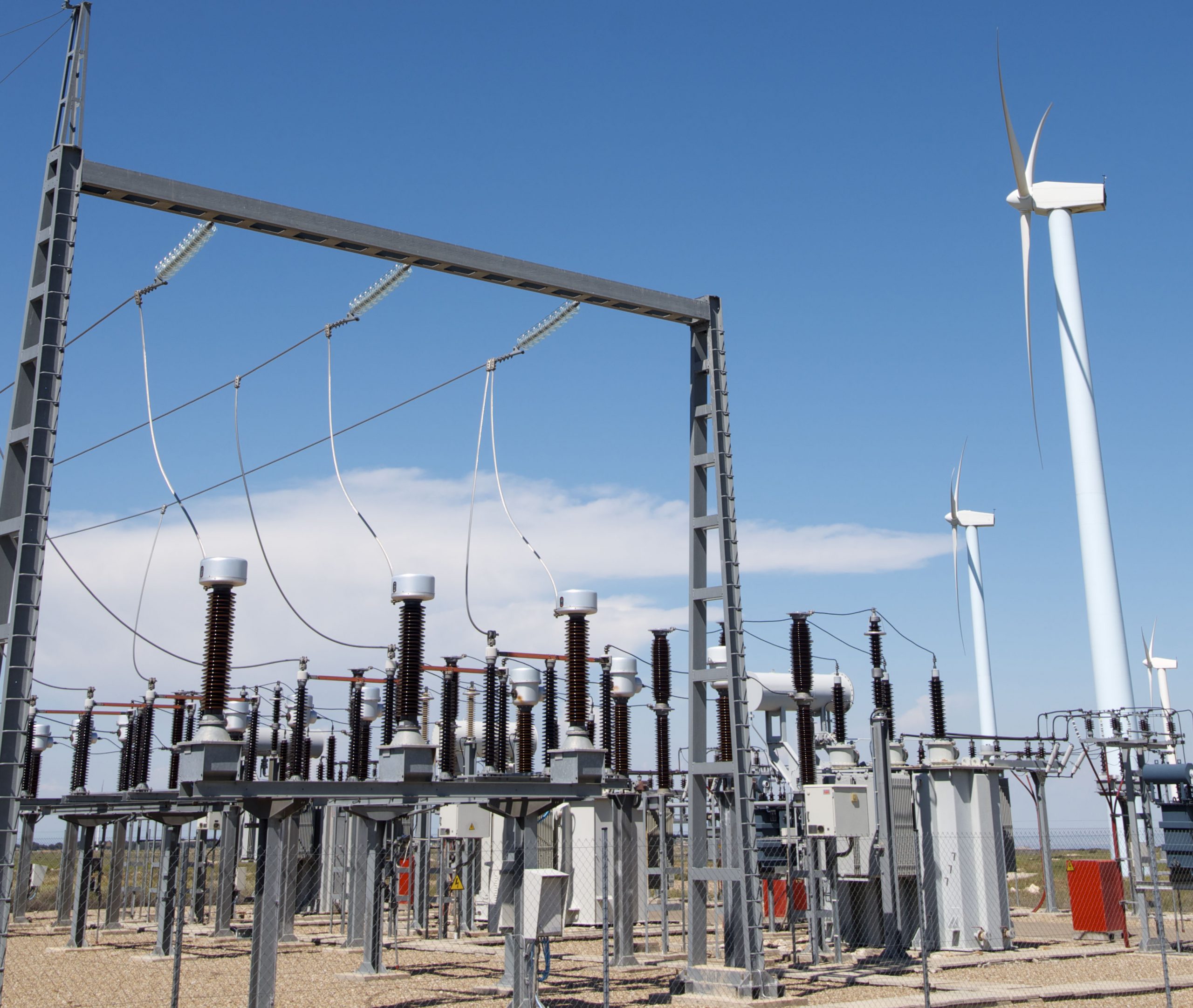
construction and supply, installation and maintenance.


construction and supply, installation and maintenance.


construction and supply, installation and maintenance.


construction and supply, installation and maintenance.


construction and supply, installation and maintenance.


construction and supply, installation and maintenance.

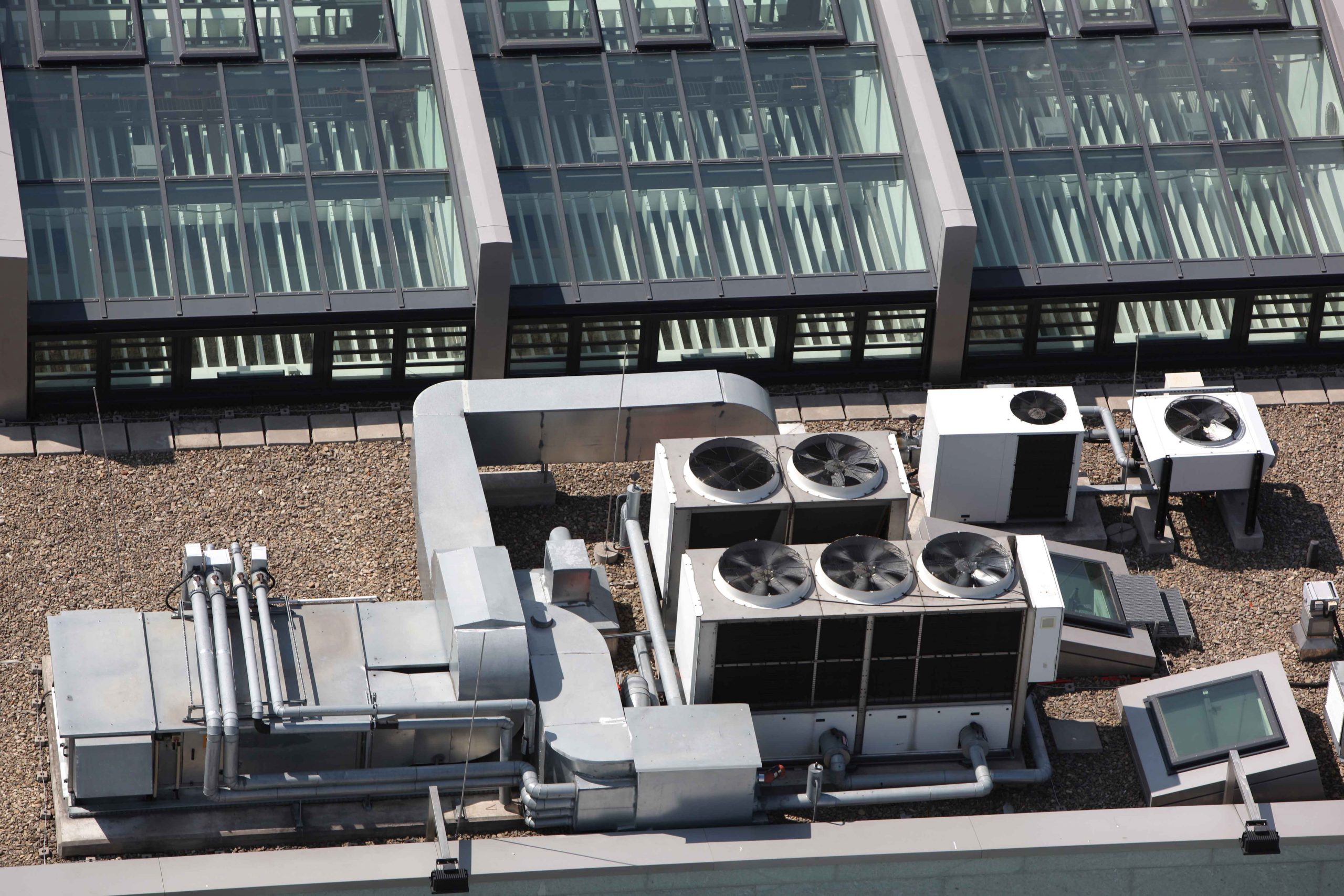
construction and supply, installation and maintenance.

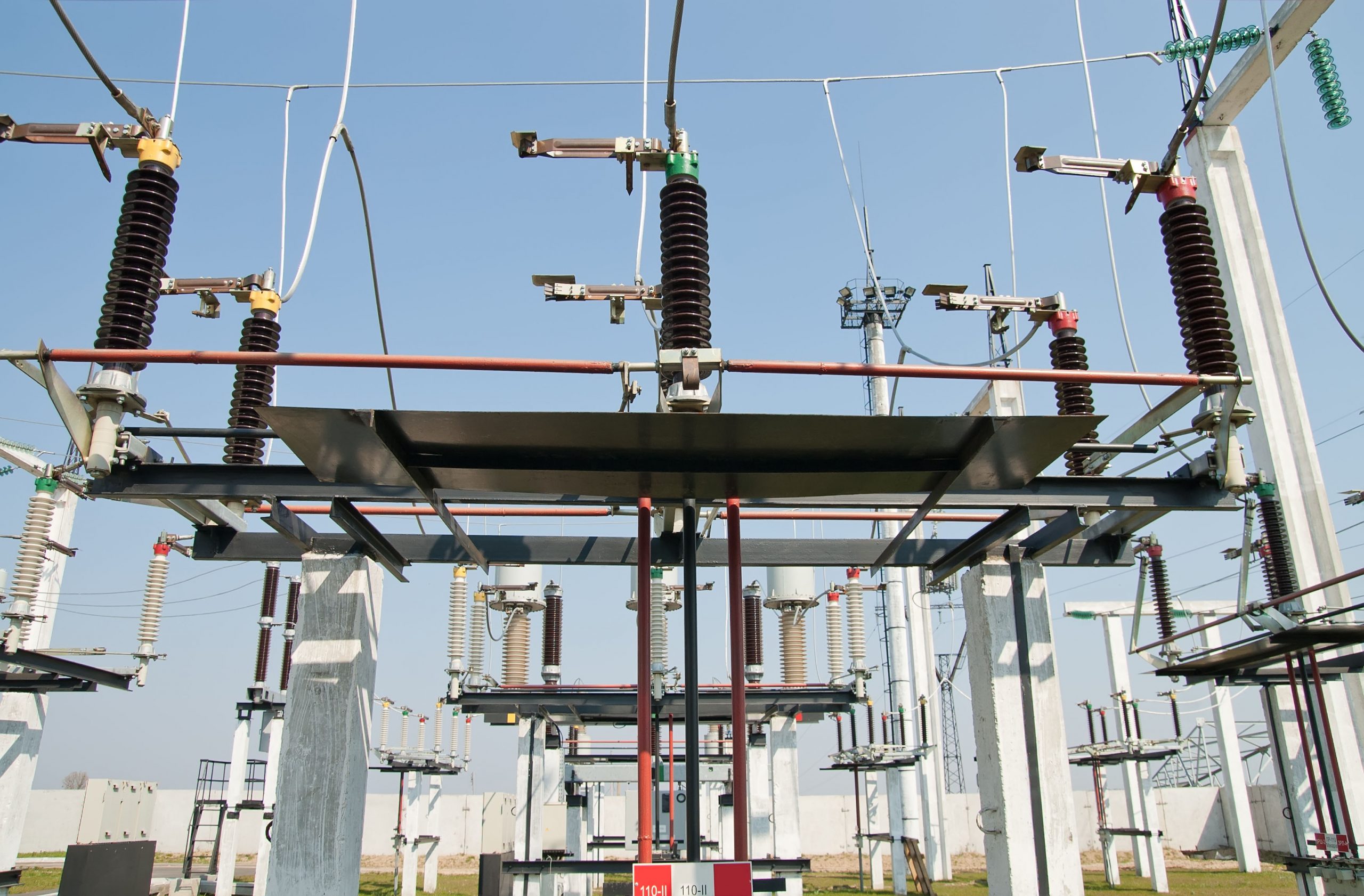
construction and supply, installation and maintenance.

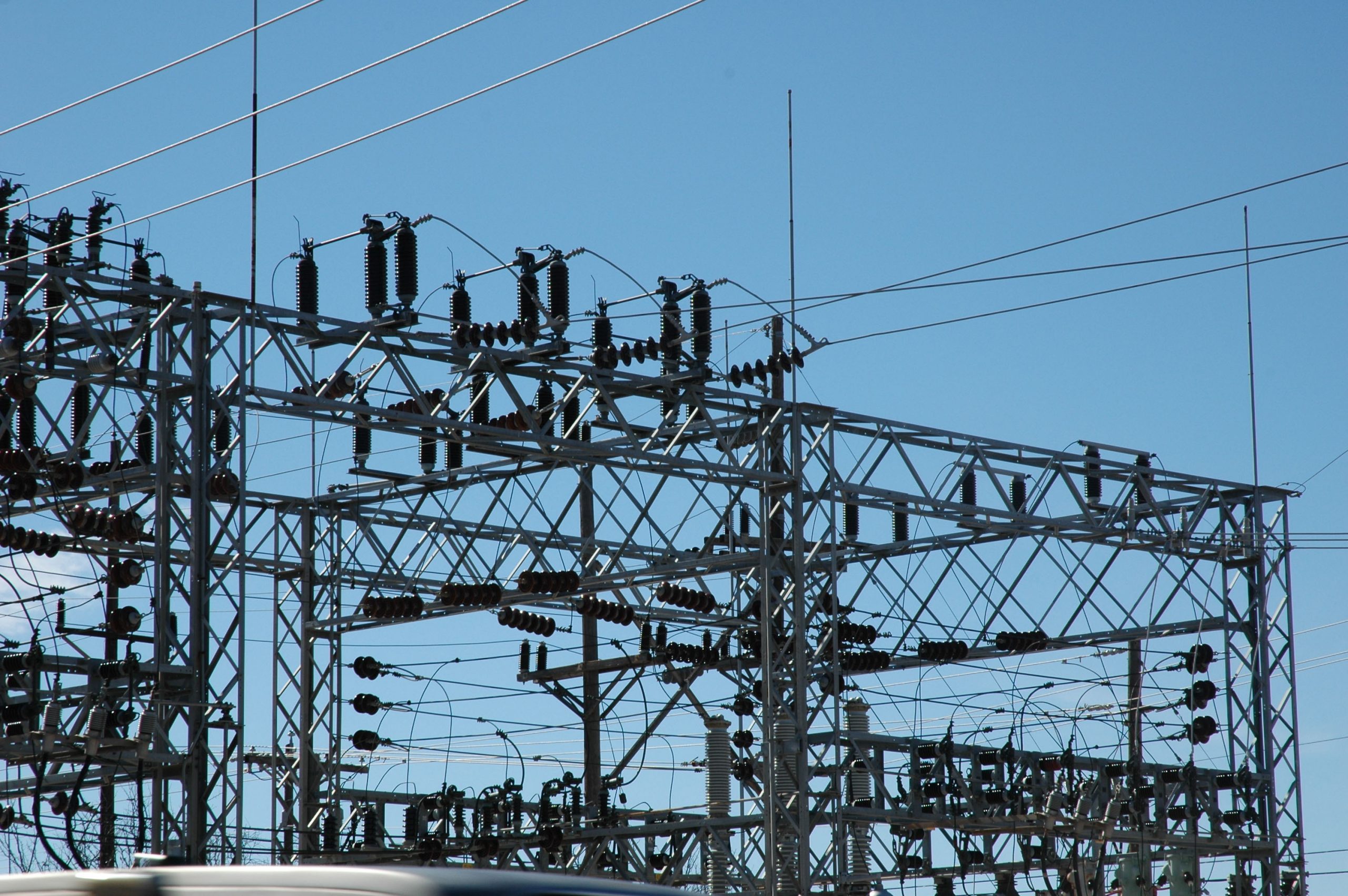
construction and supply, installation and maintenance.


construction and supply, installation and maintenance.


construction and supply, installation and maintenance.


construction and supply, installation and maintenance.


construction and supply, installation and maintenance.


construction and supply, installation and maintenance.


construction and supply, installation and maintenance.


construction and supply, installation and maintenance.


construction and supply, installation and maintenance.


construction and supply, installation and maintenance.


construction and supply, installation and maintenance.


construction and supply, installation and maintenance.


construction and supply, installation and maintenance.


construction and supply, installation and maintenance.


construction and supply, installation and maintenance.


construction and supply, installation and maintenance.


construction and supply, installation and maintenance.


construction and supply, installation and maintenance.


construction and supply, installation and maintenance.

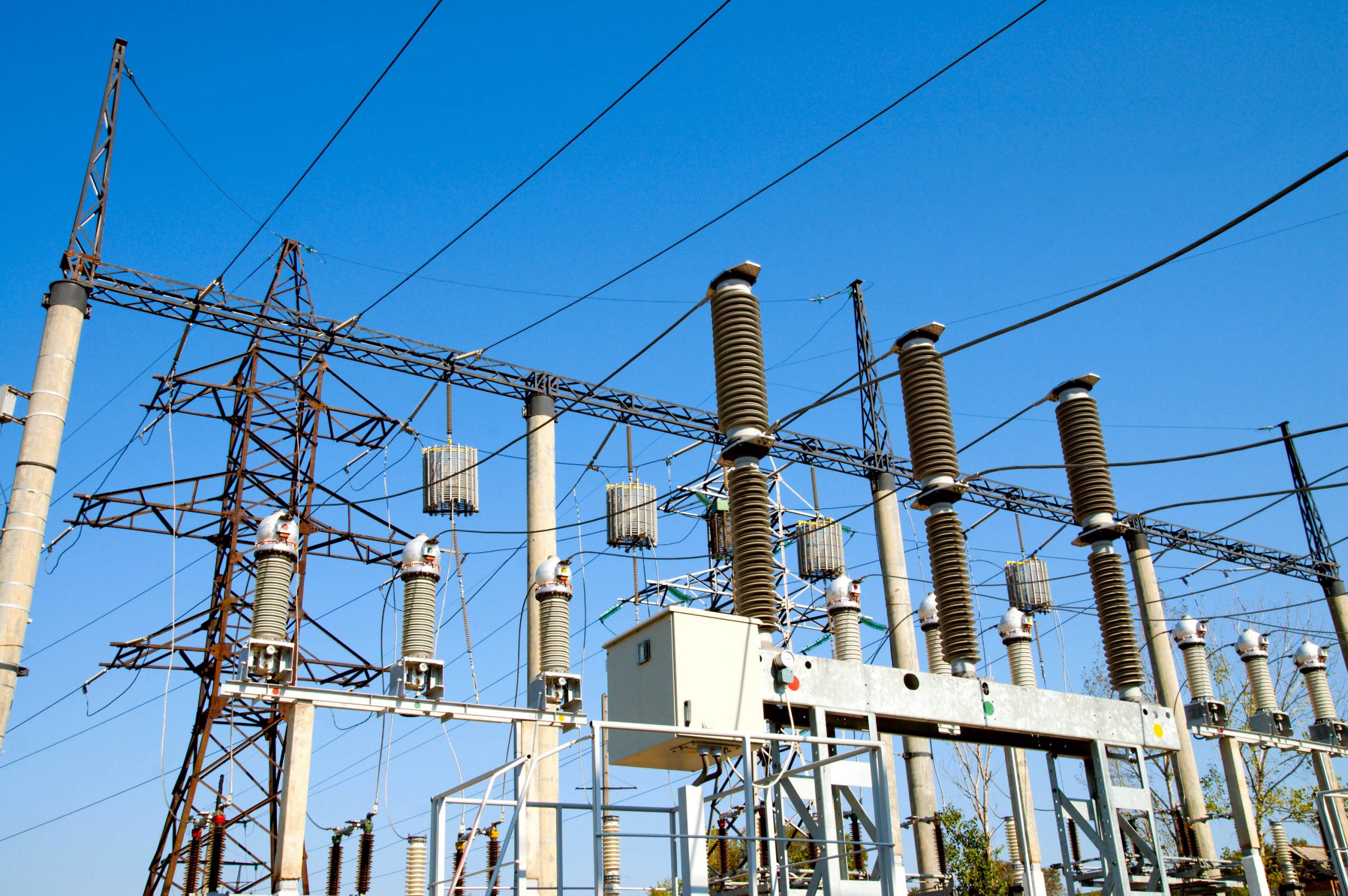
construction and supply, installation and maintenance.


construction and supply, installation and maintenance.

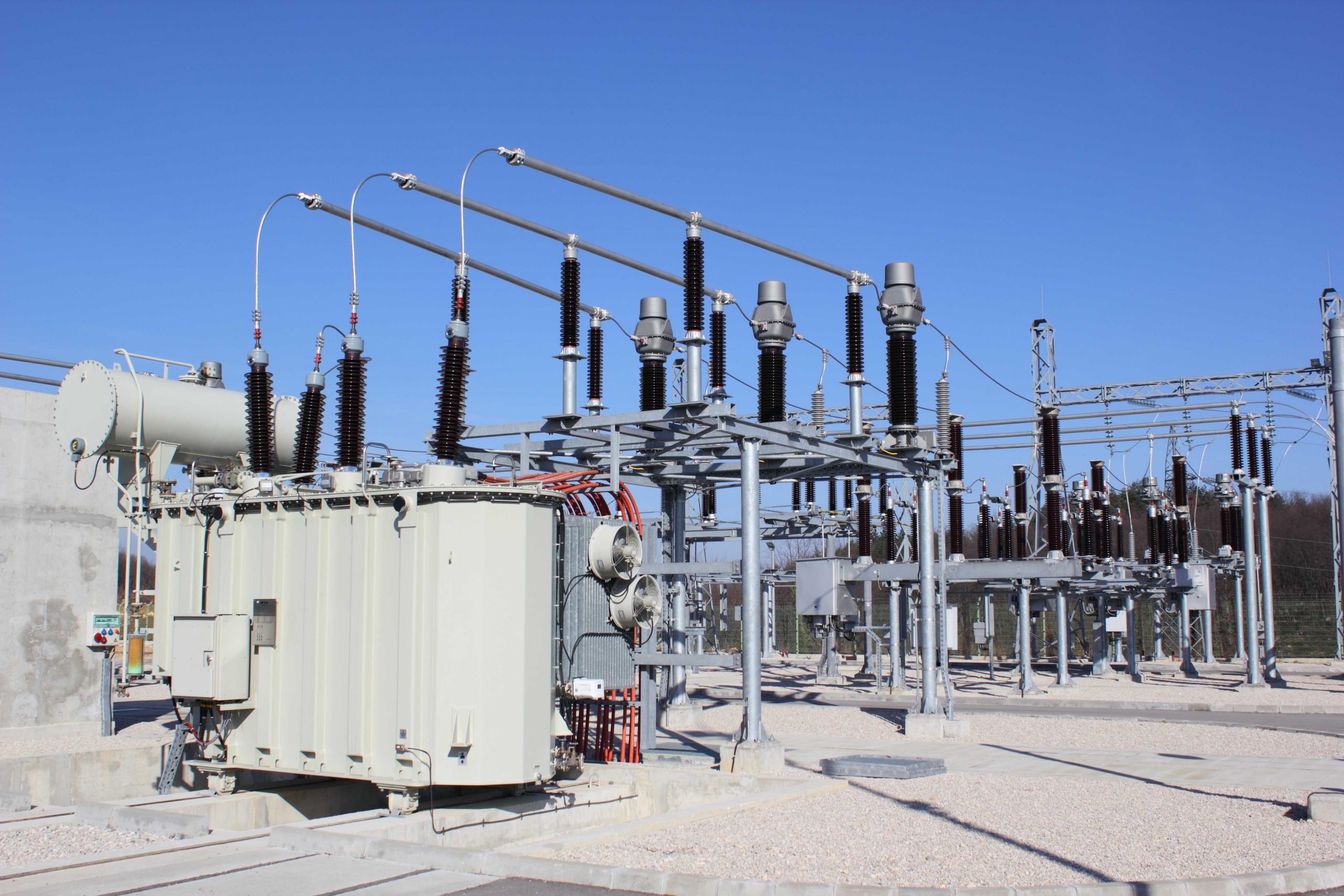
construction and supply, installation and maintenance.


construction and supply, installation and maintenance.


construction and supply, installation and maintenance.


construction and supply, installation and maintenance.


construction and supply, installation and maintenance.


construction and supply, installation and maintenance.

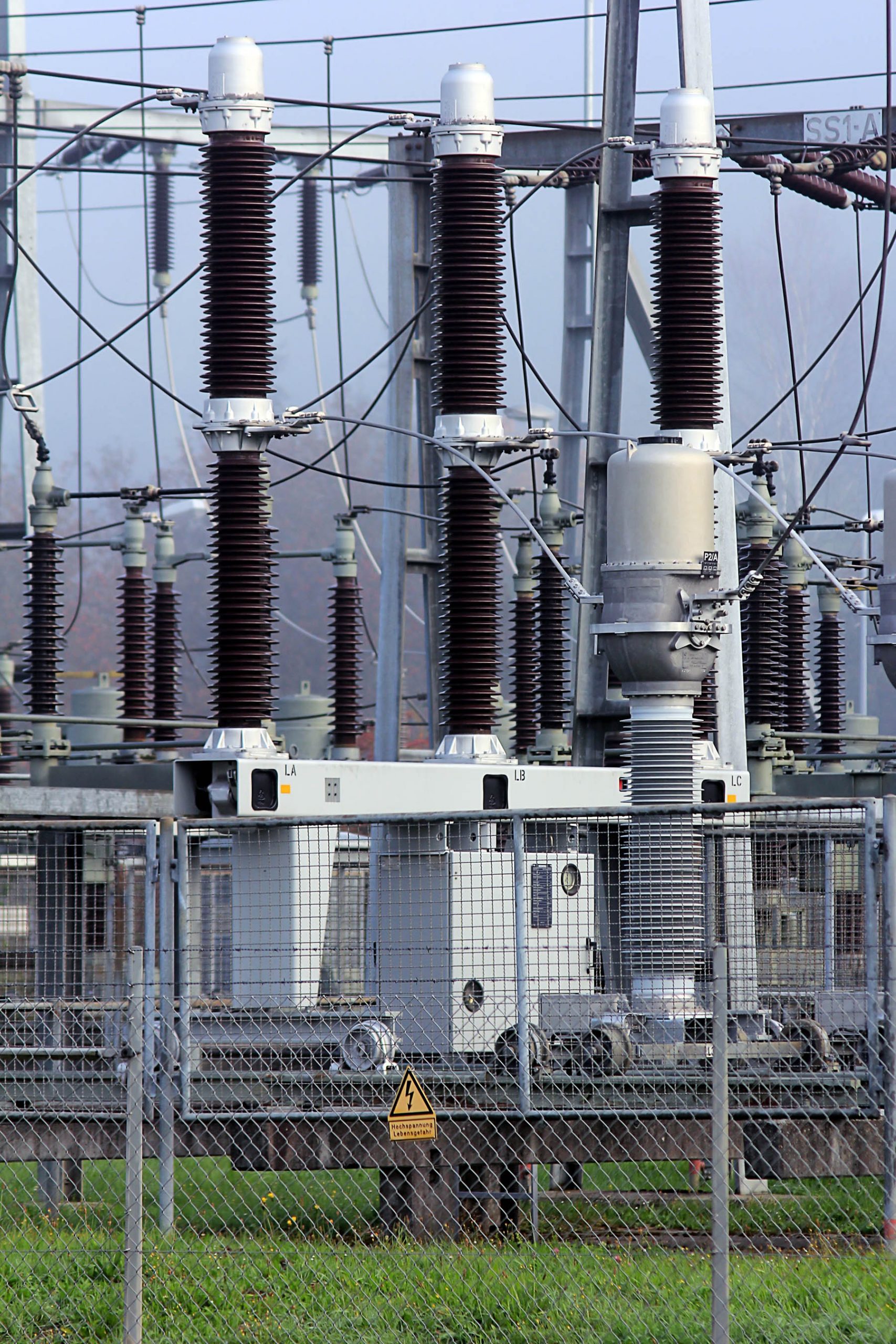
construction and supply, installation and maintenance.


construction and supply, installation and maintenance.

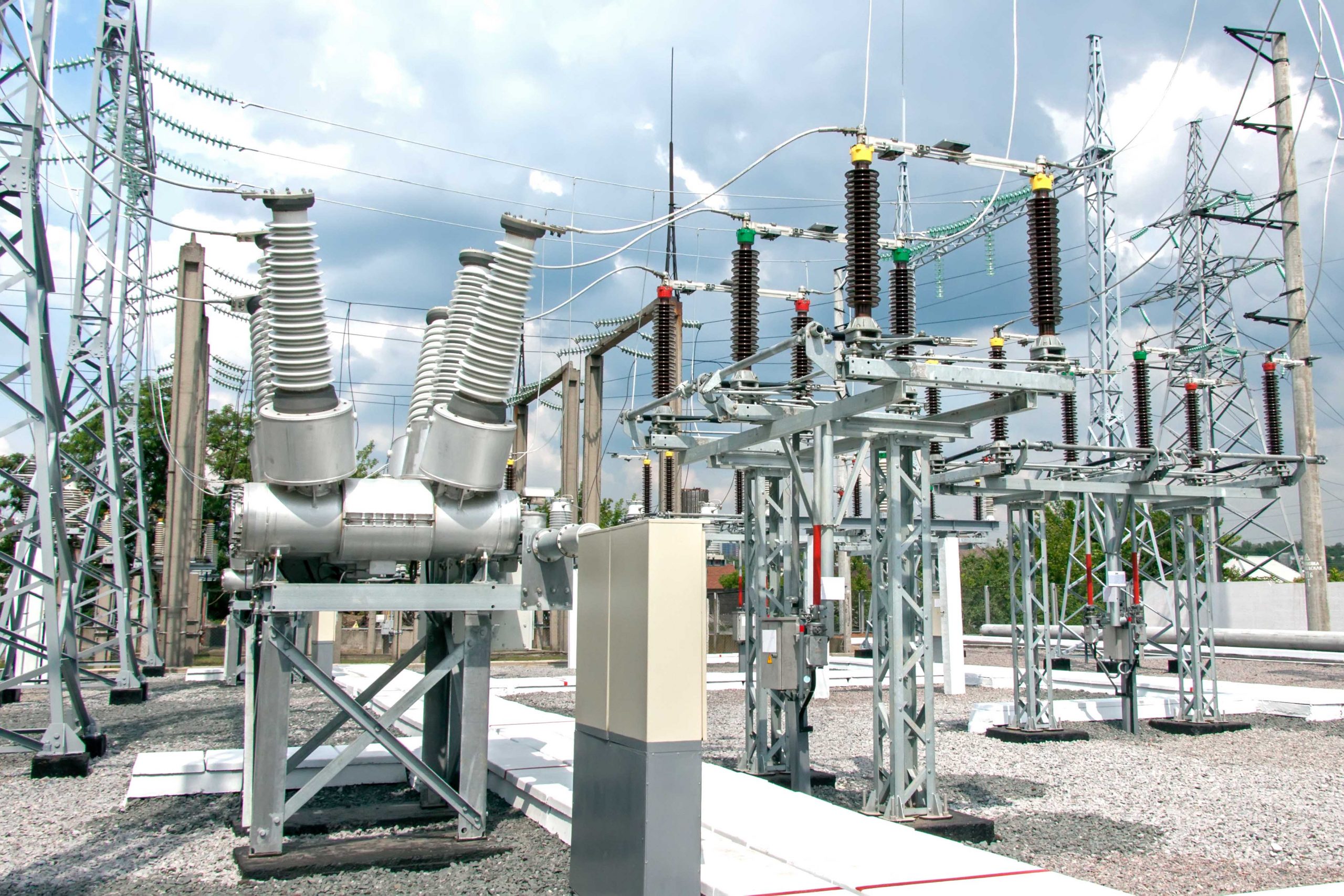
construction and supply, installation and maintenance.


construction and supply, installation and maintenance.


construction and supply, installation and maintenance.


construction and supply, installation and maintenance.


construction and supply, installation and maintenance.


construction and supply, installation and maintenance.

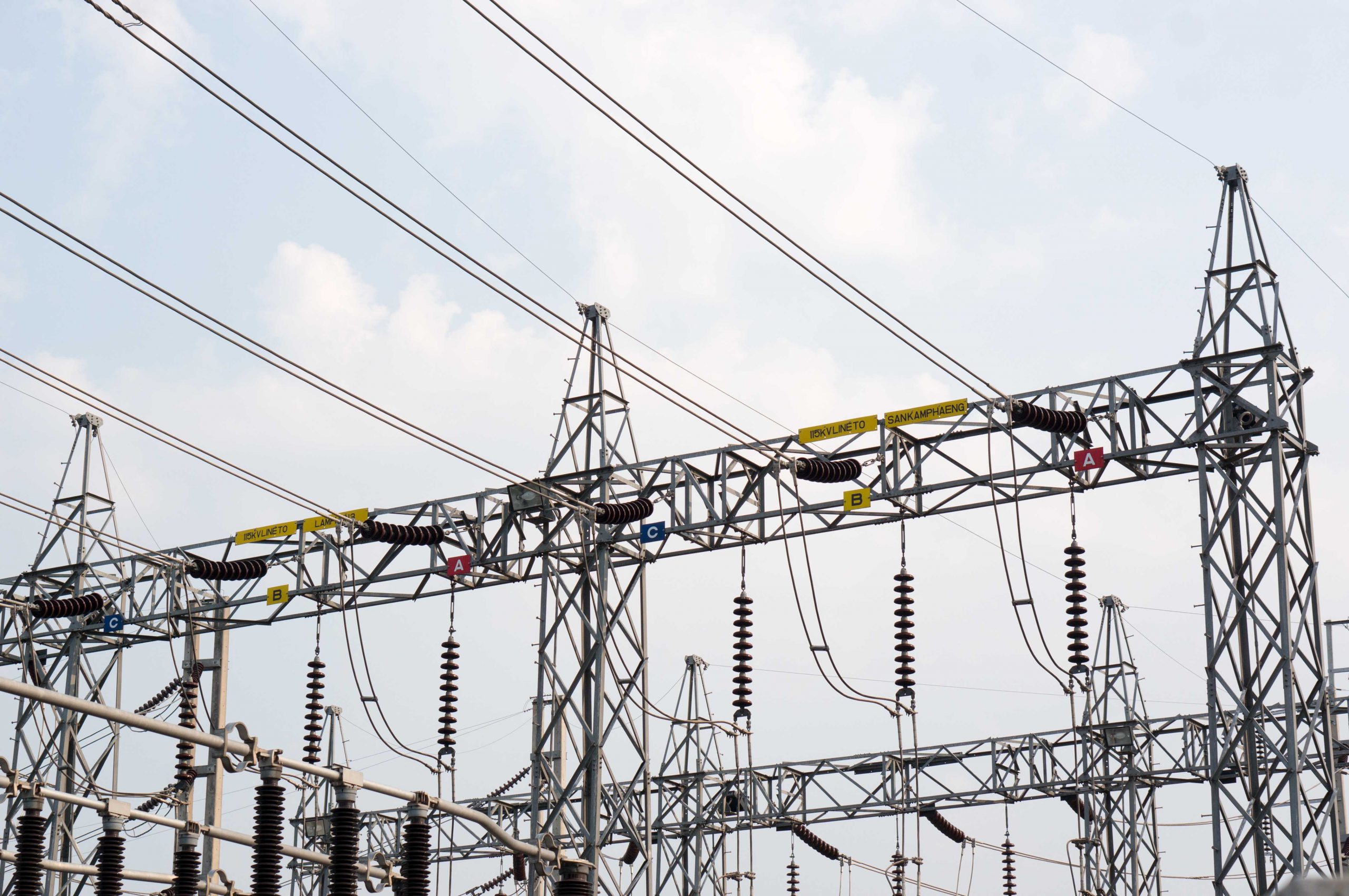
construction and supply, installation and maintenance.

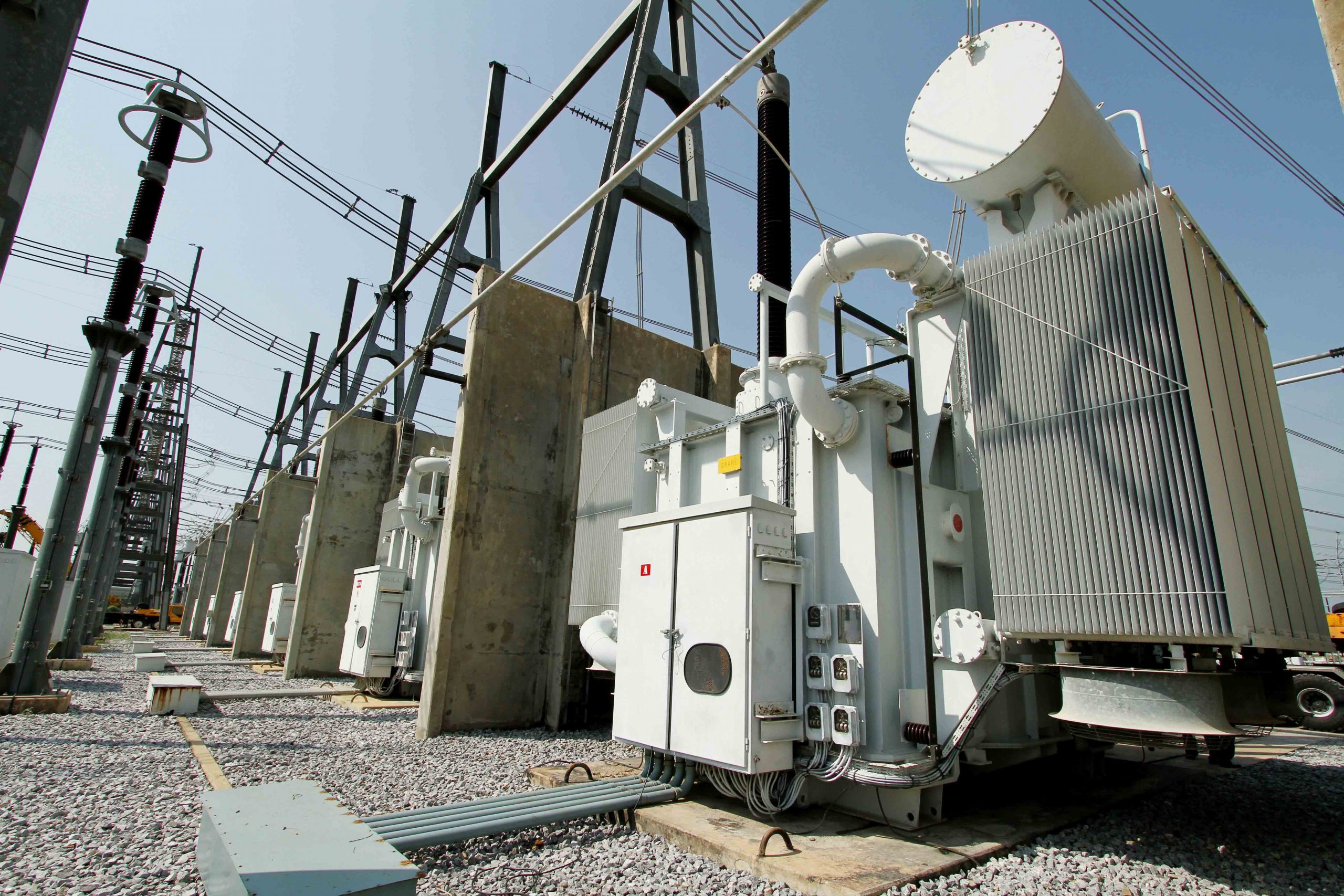
construction and supply, installation and maintenance.


construction and supply, installation and maintenance.


construction and supply, installation and maintenance.


construction and supply, installation and maintenance.


construction and supply, installation and maintenance.


construction and supply, installation and maintenance.


construction and supply, installation and maintenance.


construction and supply, installation and maintenance.


construction and supply, installation and maintenance.


construction and supply, installation and maintenance.


construction and supply, installation and maintenance.

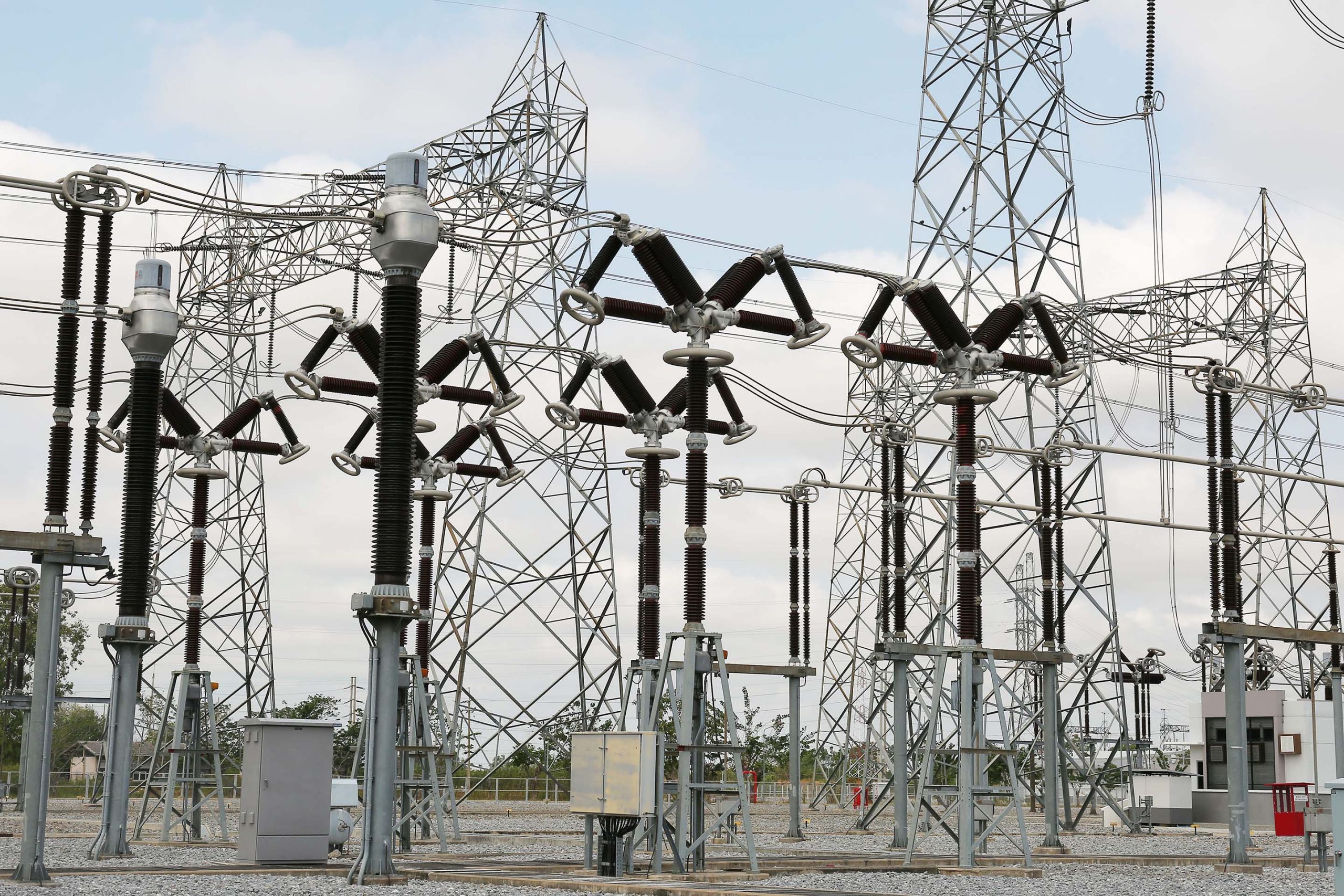
construction and supply, installation and maintenance.


construction and supply, installation and maintenance.


construction and supply, installation and maintenance.


construction and supply, installation and maintenance.

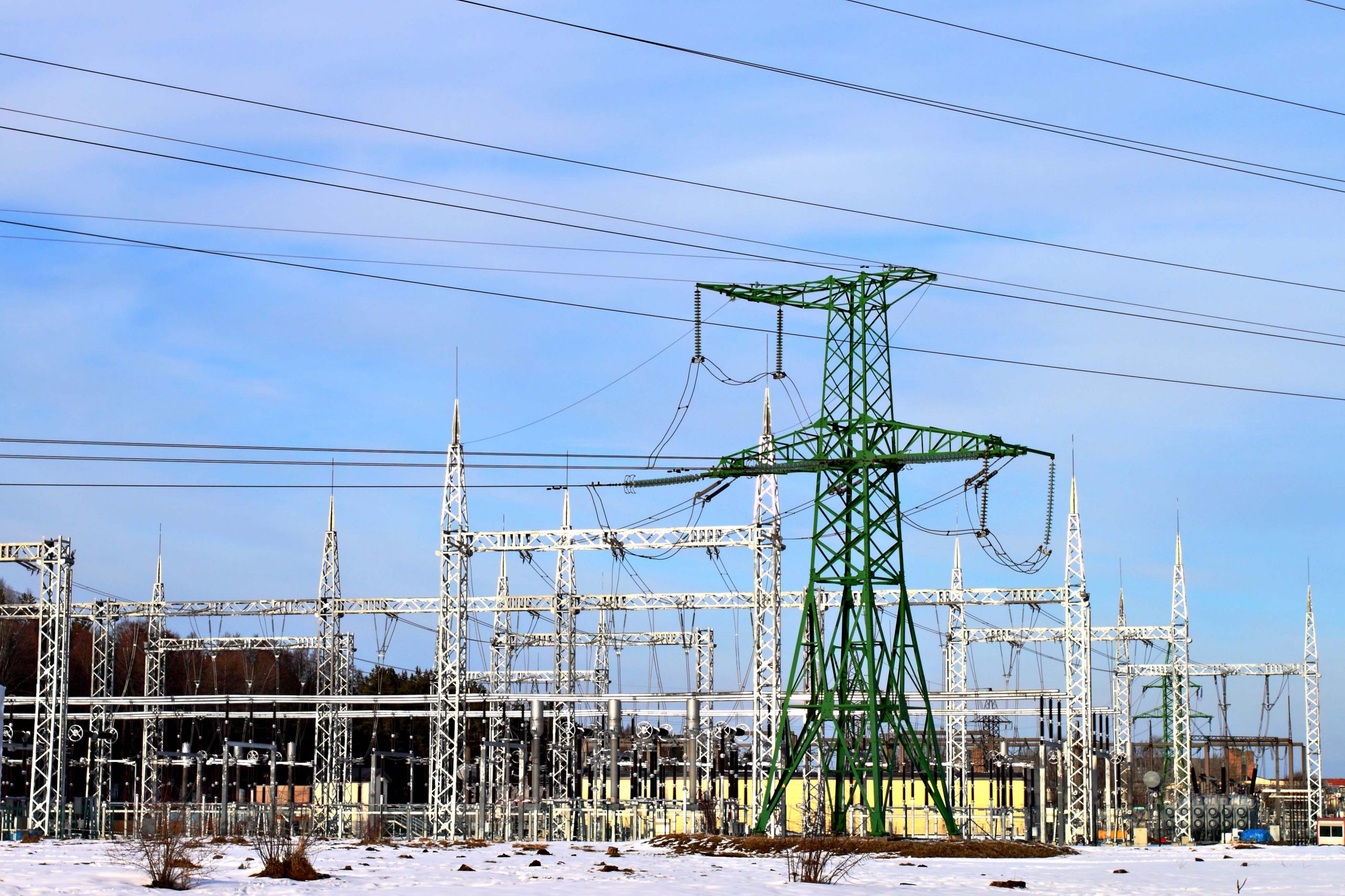
construction and supply, installation and maintenance.


construction and supply, installation and maintenance.


construction and supply, installation and maintenance.


construction and supply, installation and maintenance.


construction and supply, installation and maintenance.


construction and supply, installation and maintenance.


construction and supply, installation and maintenance.


construction and supply, installation and maintenance.


construction and supply, installation and maintenance.


construction and supply, installation and maintenance.

Broadband Signal distribution (L-band/IF-signals)
Broadband refers to a signaling method that includes or handles a relatively wide range (or band) of
frequencies, which may be divided into channels or frequency bins. Broadband is always a relative term,
understood according to its context. The wider the bandwidth, the greater the information-carrying capacity.
In radio, for example, a very narrow-band signal will carry Morse code; a broader band will carry speech; a still
broader band is required to carry music without losing the high audio frequencies required for realistic sound
reproduction. A television antenna described as “normal” may be capable of receiving a certain range of
channels; one described as “broadband” will receive more channels. In data communications an analog
modem will transmit a bandwidth of 56 kilobits per seconds (Kbit/s) over a telephone line; over the same
telephone line a bandwidth of several megabits per second can be handled by ADSL, which is described as
broadband (relative to a modem over a telephone line, although much less than what can be achieved over a
fiber optic circuit).
